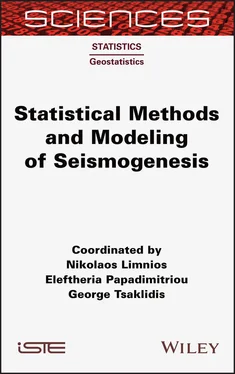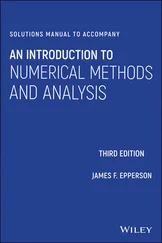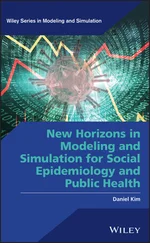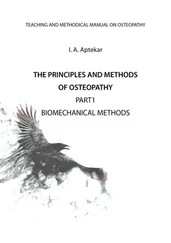2.2. Development of earthquake simulators in the seismological literature
In the following, we make a review of the most popular earthquake simulator codes that have been presented in the seismological literature over the last two decades.
The “Standard Physical Earth Model” (SPEM) was initially introduced by Ward (1992) and applied in characteristic earthquakes associated with subduction at the Middle American trench. This model was further developed and applied to the entire San Andreas fault system by Goes and Ward (1994), to the San Andreas system in Southern California by Ward (1996) and to the San Francisco Bay area by Ward (2000). SPEM also includes, besides velocity-dependent and displacement-dependent friction, stress propagation delay. Based on SPEM, Ward (2012) developed an earthquake simulator for all of California (ALLCAL), expanding the geometry of the fault elements in scope (number of faults included) and scale (number of elements) up to 15,000 nearly square (3 × 3 km) fault elements, for a better representation of moderate earthquakes (M 5.5).
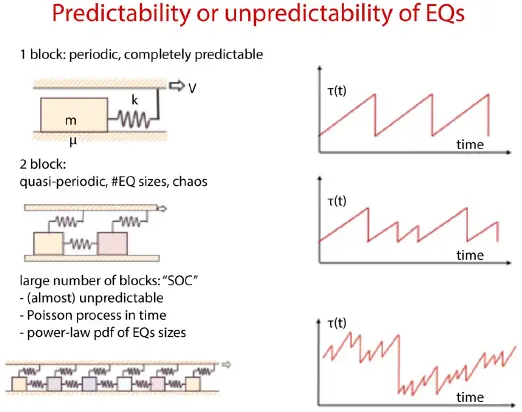
Figure 2.1. Three examples of slider-block models of the earthquake process, from the simplest constituted by only one block (Reid 2010) to a somewhat more complicated model containing seven blocks (from A. Helmstetter). For a color version of this figure, see www.iste.co.uk/limnios/statistical.zip
“Virtual California” (VIRTCAL) is an earthquake simulator developed in several steps by the Rundle group (Rundle et al . 2005, 2006; Yikilmaz et al . 2011; Sachs et al . n.d.; Tullis et al . 2012a,b) .
This is a geometrically realistic numerical simulation of earthquakes occurring on the San Andreas fault system and includes all major strike-slip faults in California. VIRTCAL includes, in its algorithm, a rupture weakening mechanism. Among its applications, there are earthquake hazard assessment and earthquake forecasting (Rundle et al . 2005). Later on, VIRTCAL was named “Virtual Quake” (VQ), a greatly improved, open source, modularized C++ code, including fault model-building tools, simulation analysis script and Python library “quakelib” (Schultz and Wilson 2015). In addition to producing probabilities for earthquake scenarios, VQ can generate samples of co-seismic deformations, gravity changes and InSAR interferograms (Schultz et al . 2015). VQ has been tested on the seismicity of various seismic regions of the world, such as Mexico (Yoder et al . 2015), California (Schultz et al . 2017) and Iran (Khodaverdian et al . 2016a,b).
The rate-and-state-dependent fault constitutive properties for the sliding strength of faults (Dieterich 1994) are the principal ingredients of the RSQSim simulator algorithm (Dieterich and Richards-Dinger 2010; Colella et al . 2011; Richards–Dinger and Dieterich 2012). From the view point of the interevent time distribution, RSQSim is generally seen as the only simulator that shows the occurrence of time-dependent increases in conditional probability of nearby earthquakes following a significant earthquake as well as aftershocks (Tullis et al . 2012a,b; Field 2015). Moreover, Dieterich and Richards-Dinger (2010) explicitly mention occasional presence of multiple events occurring as pairs, and more rarely as triplets in their simulated catalogs. More recently, RSQSim has been applied for aftershock sequences simulations (Xu et al . 2014), for modeling injection-induced seismicity (Dieterich et al . 2015), to the Wellington, New Zealand, fault network (Christophersen et al . 2017), as well as for replicating seismic hazard statistics (Shaw et al . 2018).
Based on a simplified viscoelastic-cycle model of fault interaction (Pollitz and Schwartz (2008)), Pollitz (2011, 2012) developed the ViscoSim earthquake simulator, which is the only known simulation code that includes viscoelastic stress transfer and a layered Earth’s crust model.
2.2.5. Other simulation codes
Besides the above-mentioned simulation algorithms, other simulation codes have been published in the recent seismological literature. In order to test the preference between a characteristic earthquake hypothesis and a simpler time-independent hypothesis, Parsons and Geist (2009) applied a simple simulator-based model to paleoseismological records collected at Wrightwood on the San Andreas Fault and Wasatch fault segments. Their simulations were constrained by the slip rate values and were based on the Gutenberg–Richter magnitude distribution. They showed that the Gutenberg–Richter distribution can be used as an earthquake occurrence model on sub-segments of different size on individual faults in probabilistic earthquake forecasting. Another application of the same simulator was tried by Parsons et al . (2013) on the Nankai–Tonankai–Tokai subduction zones in Japan. They found that using convergence rate as a primary constraint allows the simulator to replicate much of the spatial distribution of observed segmented rupture rates along the Nankai–Tonankai–Tokai subduction zones, although rate differences between the two forecast methods were noted.
Barall and Tullis (2015) studied the performance of triangular fault elements in earthquake simulators, finding that, contrary to expectations, rectangles overall perform as well as or better than triangles when computing stresses on curved fault surfaces. They also found that one triangulation may perform significantly better than another triangulation.
Parsons et al . (2018) considered three different simulation algorithms to assess method and parameter dependence on magnitude frequency results for individual faults, in addition to the existing Uniform California Earthquake Rupture Forecast, version 3 efforts. Finally, Shaw (2019) improved the RSQSim algorithm with a new generalized hybrid loading method that combines the ability to drive faults at desired slip rates while loading with more regularized stressing rates, allowing faults to slip in a more natural way.
2.2.6. Comparisons among simulators
The various methods and models adopted in different simulator algorithms have led to several studies comparing the results obtained by these simulators. One which focused on earthquake simulators dealt with this subject (Tullis 2012). In this volume, two papers (Tullis et al . 2012a,b) were specifically devoted to the comparison of the four main simulators developed in California. Moreover, Field (2015) carried out an in-depth analysis of the performance of three simulators, namely, ALLCAL, RSQSim and ViscoSim. He focused in particular on the recurrence interval distributions for each simulator (see Figure 2.2). In the below figure, we also added the probability density functions of the Brownian Passage Time (BPT) renewal model, computed for the respective minimum, mean and maximum recurrence time Tr and the coefficient of variation Cν obtained from the simulated distributions (Mosca et al . 2012). More recently, Wilson et al . (2017) addressed the problem of verifying earthquake simulators with observed data and discussed the performances of ALLCAL, Virtual California, ViscoSim and RSQSim.
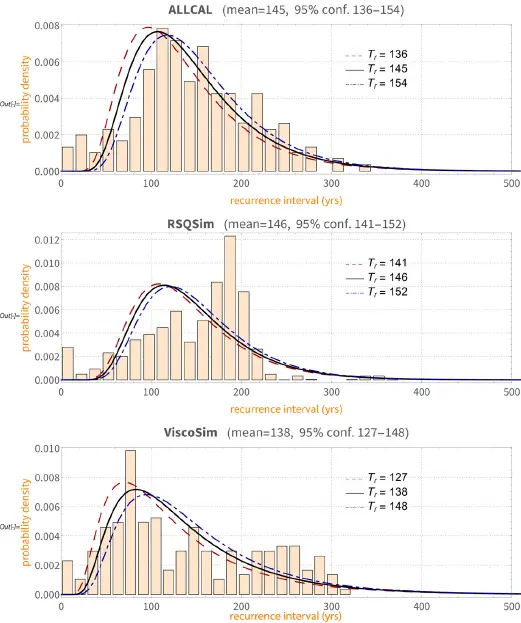
Читать дальше
